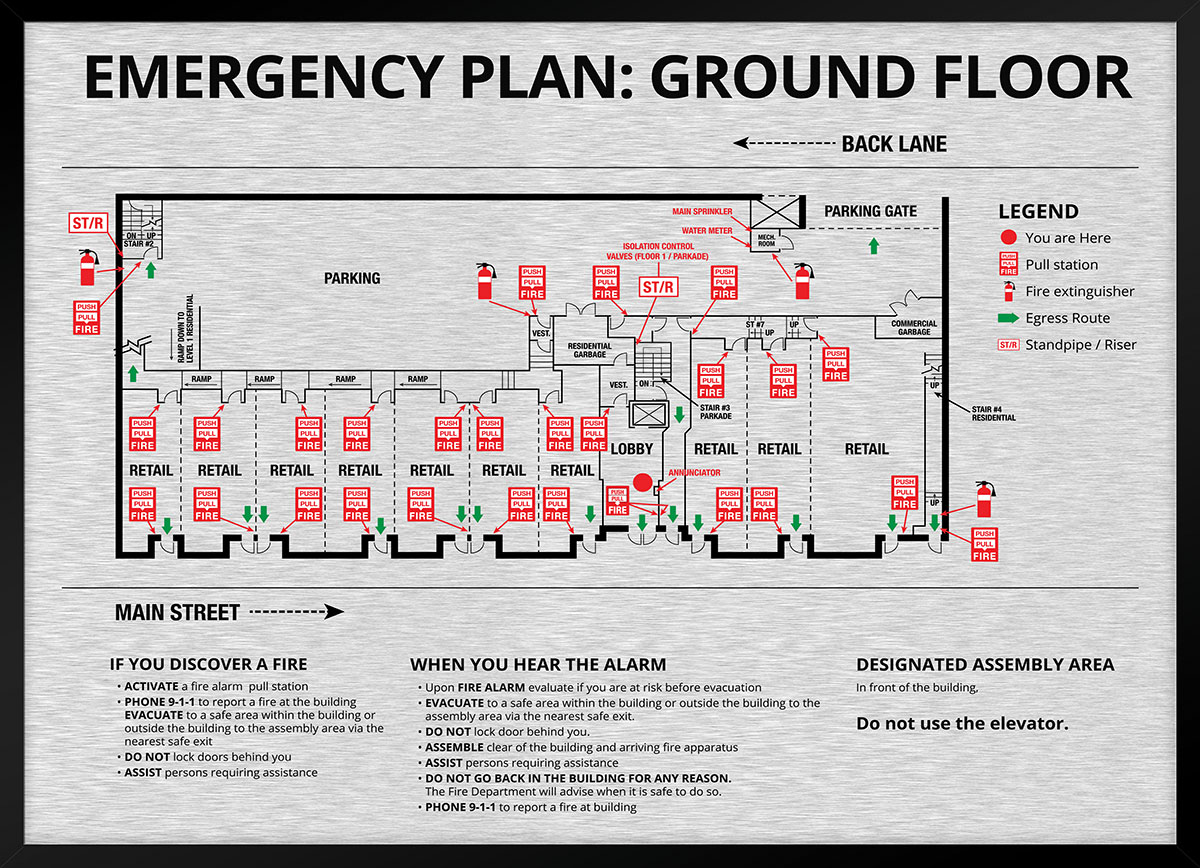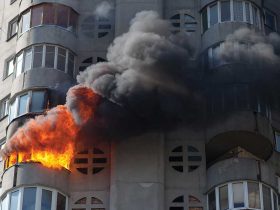Question. What should be the extent of involvement of an electrical regulator in the inspections of electrically connected life safety and fire protection systems?
Answer. It depends on a specific approach taken by a particular jurisdiction. Traditionally, electrical inspectors have been involved only in the electrical safety aspects of electrical installations. In respect to the life safety and fire protection systems, these electrical safety requirements are governed in Canada by rules of Section 32 of the Canadian Electrical Code (CEC). This section covers the installation of fire alarm systems, smoke alarms and fire pumps, and by the rules of Section 46 – for emergency power equipment and for electrically connected exit signs.
Some jurisdictions limit involvement of their electrical inspectors only to the enforcement of the above referenced requirements of the CEC. Others, particularly municipal jurisdictions, who coordinate their enforcement functions between building, gas, plumbing, sprinkler and electrical inspectors, started to involve their electrical inspections departments in assessment of electrical installations that are not directly regulated by the rules of the CEC.
These are governed by fire protection requirements contained in the National Building Code of Canada (NBCC).
Question. Why should the electrical inspectors be concerned with installations that are not directly governed by the rules of the electrical code?
Answer. We are all aware that the fire alarm and emergency systems are indicated on the plans designed by electrical consultants and that electrical components of these systems are installed by electrical contractors. However, the question then becomes, who is ultimately inspecting the installation of such systems and what particular requirements are being enforced? In the case of fire alarm systems, the CEC provides reference to the ULC S524 – Standard for installation of Fire Alarm Systems. In the case of fire pumps – it leads the Code users to NFPA 20.
For smoke alarms – the CEC sends us to ULC S531. And a list of such illustrations goes on.
In fact, the CEC Steering Committee has recognized the significance of a comprehensive reference to all electrically connected life safety
equipment that is not specifically regulated by the rules of the Code but is governed by fire protection requirements of the NBCC.
The result is a very detailed Appendix G of the CEC, which advises users of the NBCC of performance requirements for the electrically connected fire protective equipment. Examples of this equipment are fire alarm systems, emergency generators, fire pumps, fans for smoke control and smoke venting in high buildings, emergency lighting, exit signs, fire fighters’ elevators, hold open devices, electromagnetic locks, etc.
Let’s illustrate why an electrical inspector should know and apply requirements of all these referenced installation standards and the
Building Code. If, for instance, an electrical contractor installs an outlet box for a smoke detector on a ceiling adjacent to the air inlet, or a box for a heat detector on a corridor wall, will such an installation constitute an electrical safety problem? Not directly. However it will violate the requirements of the ULC S524, and may render fire detection inoperative and defeat the purpose of the entire fire alarm system. Another example could be a wrong location (from the NBCC requirement) of an outlet box for an exit sign. Although this violation may not create immediate electrical safety concerns, it nevertheless might impede the ability of building occupants to egress (finding a way out), which leads to fire and safety hazards.
A knowledgeable (and therefore concerned) electrical inspector can notice a deviation from the equipment installation standard or the NBCC requirements at the rough-in stage when no detectors or exit signs are being mounted and can advise the contractor accordingly.
Usually, building or fire inspectors would be able to spot such non-compliance only at the time of final inspection, when the installation
of all devices is completed and any change would be extremely expensive.
Worse yet, building and fire inspectors may not know the specific requirements of some equipment installation standards and may never catch those potentially hazardous deficiencies.
Question. If all these additional requirements are so important, why are they not placed directly in the body of the CEC?
Answer. The objective of the CEC (similarly to the National Electric Code/NEC USA) is to establish safety standards for the installation and maintenance of electrical equipment. In preparation of the CEC, the Code Committee has taken into consideration a need to regulate prevention of fire and shock hazards.
The scope of the CEC has grown over the years and various fire protection rules have been introduced into the body of the Code such as
flame spread requirements for wiring, cables and totally enclosed nonmetallic raceways, requirements for installation of smoke alarms, and fire pump transfer switches. Nonetheless, in order to ensure consistency between the documents, the CEC can not duplicate requirements that are mandated by other codes or standards and regulations because the committees of these other codes or standards may change the requirements. For this reason, the CEC does provide Code users with sufficient references to the respective codes and standards in order to effectively capture all overlapping areas of electrical and fire protection safety.
There is no doubt that the electrical installation Code will further evolve in order to embrace a need to correlate and harmonize all relevant aspects of electrical installations, whether those aspects deal with electrical or fire protection safety. And as a result of those changes our electrical inspectors would be on the leading edge of Code enforcement by displaying their timely knowledge and expertise.














Find Us on Socials